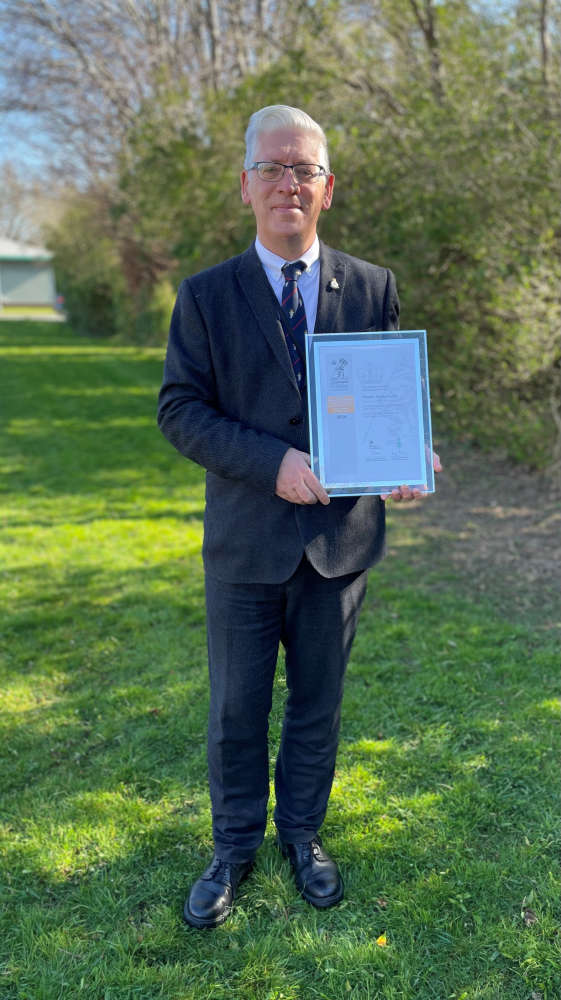
A new online service will launch on May 26 for small and medium sized employers to recover Statutory Sick Pay (SSP) payments they have made to their employees,the Government has announced.
The Coronavirus Statutory Sick Pay Rebate Scheme was announced at Budget as part of a package of support measures for businesses affected by the COVID-19 outbreak.
This scheme will allow small and medium sized employers, with fewer than 250 employees, to apply to HMRC to recover the costs of paying coronavirus-related SSP.
Employers will be able to make their claims through a new online service from May 26. This means they will receive repayments at the relevant rate of SSP that they have paid to current or former employees for eligible periods of sickness starting on or after 13 March 2020.
Secretary of State for the Department of Work and Pensions, Therese Coffey said:
“We are committed to supporting Britain’s small and medium businesses through this pandemic with a comprehensive package of support.
“This rebate will put money back in the pockets of millions of employers, ensuring they can hit the ground running as the economy re-opens.”
Angela MacDonald, HMRC’s Director General of Customer Services, said:
“Our teams have worked hard to deliver this scheme for employers and their employees, to ensure they get the support they need. We want employers to be secure in the knowledge they will receive help as they care for their staff during this difficult period.”
Employers are eligible if they have a PAYE payroll scheme that was created and started before 28 February 2020 and they had fewer than 250 employees before the same date.
The repayment will cover up to two weeks of SSP, and is payable if an employee is unable to work because they:
· have coronavirus; or
· are self-isolating and unable to work from home; or
· are shielding because they’ve been advised that they’re at high risk of severe illness from coronavirus
To prepare to make their claim, employers should keep records of all the SSP payments that they wish to claim from HMRC. Further guidance is available on GOV.UK.
· The current rate of SSP is £95.85 per week[1]. Employers can choose to go further and pay more than the statutory minimum. This is known as occupational or contractual sick pay.
· Where an employer pays more than the current rate of SSP in sick pay, they will only be able to reclaim the SSP rate.
· The scheme covers all types of employment contracts, including:
-full-time employees
-part-time employees
-employees on agency contracts
-employees on flexible or zero-hour contracts.
· Other SSP eligibility criteria apply
· Connected companies and charities can also use the scheme if their total combined number of PAYE employees are fewer than 250 on or before 28 February 2020. Employees do not have to provide a doctor’s fit note in order for their employer to make a claim under the scheme make a claim.
Employers can furlough their employees who have been advised to shield in line with public health guidance and are unable to work from home, under the Coronavirus Job Retention Scheme. Once furloughed, the employee should no longer receive SSP and would be classified as a furloughed employee. Where an employee has been notified to shield and has not been furloughed, the rebate will compensate up to 2 weeks of SSP from 16 April.
[1] For the period 13 March 2020 to 5 April 2020 the SSP rate was £94.25 per week
HM Revenue & Customs (HMRC) is the UK’s tax authority.
HMRC is responsible for making sure that the money is available to fund the UK’s public services and for helping families and individuals with targeted financial support.

 Ten arrested for drugs offences following warrants in Chester
Ten arrested for drugs offences following warrants in Chester
 Ten arrested for drugs offences following warrants in Chester
Ten arrested for drugs offences following warrants in Chester
 Suspended prison sentence and indefinite ban for Cheshire man who abused his dog
Suspended prison sentence and indefinite ban for Cheshire man who abused his dog
 Recovered Stolen Items
Recovered Stolen Items
 Man charged in relation to courier fraud
Man charged in relation to courier fraud
 Police to target criminal use of Cheshire’s roads
Police to target criminal use of Cheshire’s roads
 Council awarded Gold Armed Forces Award
Council awarded Gold Armed Forces Award
 Appeal for footage and witnesses following collision in Delamere
Appeal for footage and witnesses following collision in Delamere
 Appeal for information following serious collision in Chester
Appeal for information following serious collision in Chester
 Your chance to get involved in police scrutiny meetings
Your chance to get involved in police scrutiny meetings
 New Events at Jodrell Bank
New Events at Jodrell Bank
 Inspiring Futures at The Queen’s School
Inspiring Futures at The Queen’s School
 Bowmere Hospital celebrates 20 years of mental health care
Bowmere Hospital celebrates 20 years of mental health care
 Man charged with burglary and drug offences following Chester police stop check
Man charged with burglary and drug offences following Chester police stop check
 Vicars Cross Road closed following collision in Chester
Vicars Cross Road closed following collision in Chester
 Man jailed for controlling and coercive behaviour and assault
Man jailed for controlling and coercive behaviour and assault
 Plan unveiled to transform and improve emergency care at Countess of Chester Hospital
Plan unveiled to transform and improve emergency care at Countess of Chester Hospital
 Chester & Wirral Football League - Weekend Round Up
Chester & Wirral Football League - Weekend Round Up
 Ladbrokes returns to Chester Racecourse
Ladbrokes returns to Chester Racecourse